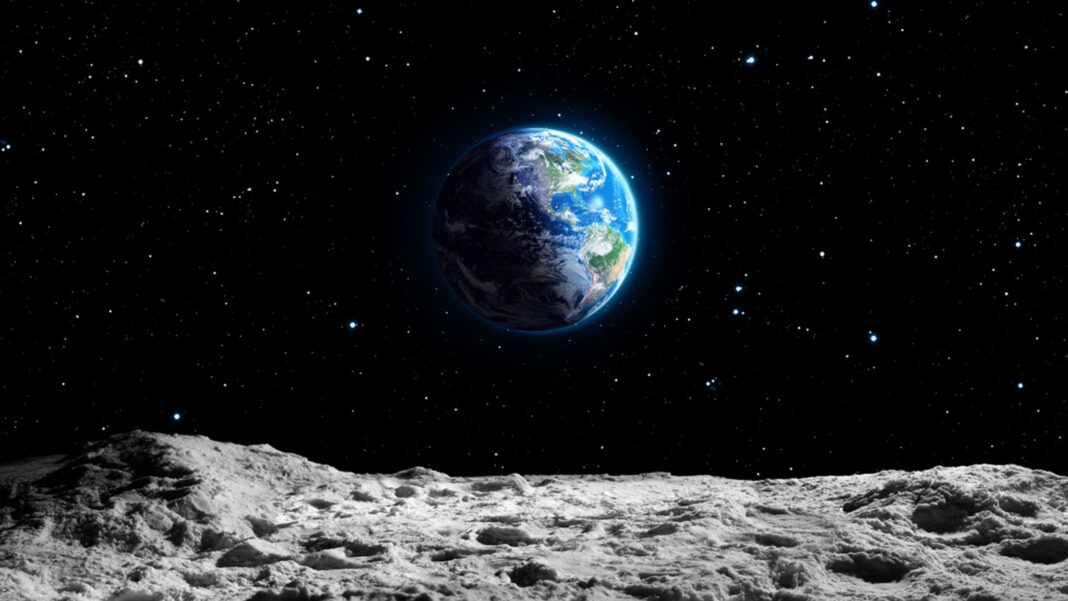Scientists have long known that the Moon is moving away from Earth at a steady pace. NASA confirms that the Moon drifts outward by about 1.5 inches (3.8 cm) every year. Though this may sound tiny, the gradual shift has major long-term implications for Earth’s tides, climate, and even the length of our days.
Why Is the Moon Moving Away?
The reason lies in gravitational forces and tidal interactions:
- Earth’s oceans bulge slightly due to the Moon’s gravity.
- As Earth rotates, this tidal bulge pulls slightly ahead of the Moon’s orbit.
- The interaction transfers Earth’s rotational energy to the Moon, pushing it farther away.
- This process also slows down Earth’s rotation.
This means Earth’s days are gradually getting longer while the Moon drifts further into space.
How Fast Is It Happening?
- Current rate: about 1.5 inches (3.8 cm) per year.
- Over time: That equals roughly 38,000 km in a billion years.
- 600 million years ago: A day on Earth was just 21 hours long, compared to today’s 24 hours.
NASA scientists calculate this using laser beams reflected off mirrors left on the Moon during the Apollo missions, which allow ultra-precise measurements of its distance.
What Does This Mean for Earth?
- Tides Will Change:
As the Moon moves farther away, Earth’s tides will weaken. Right now, tides are strongly influenced by the Moon’s gravitational pull, but this effect will diminish over millions of years. - Days Will Get Longer:
The Earth’s rotation will continue to slow down. Eventually, one day could last more than 24 hours. - Stability of Earth’s Axis:
The Moon helps stabilize Earth’s axial tilt, which influences climate. If it drifts too far, Earth may wobble more, causing unpredictable climate changes. - No Immediate Danger:
The process is extremely slow. Even after billions of years, the Moon won’t escape Earth’s orbit anytime soon.
Could the Moon Ever Leave Earth’s Orbit?
Theoretically, yes — if the Moon keeps moving outward, it could eventually escape Earth’s gravitational pull. But scientists say that will take tens of billions of years, far beyond the Sun’s expected lifetime. Long before that, the Sun will expand into a red giant and likely engulf Earth and the Moon.
Why This Matters
The Moon’s gradual departure is more than just a curiosity:
- It helps scientists understand the evolution of planetary systems.
- It shows how tidal forces shape the relationship between planets and their moons.
- It reveals how Earth’s climate and rotation have changed over millions of years.
Conclusion
The fact that the Moon is moving away from Earth by about an inch every year may not affect us in our lifetime, but it’s a reminder of the slow but powerful forces shaping our planet’s future. From longer days to weaker tides, the Earth–Moon dance continues — silently but steadily changing life on Earth.



